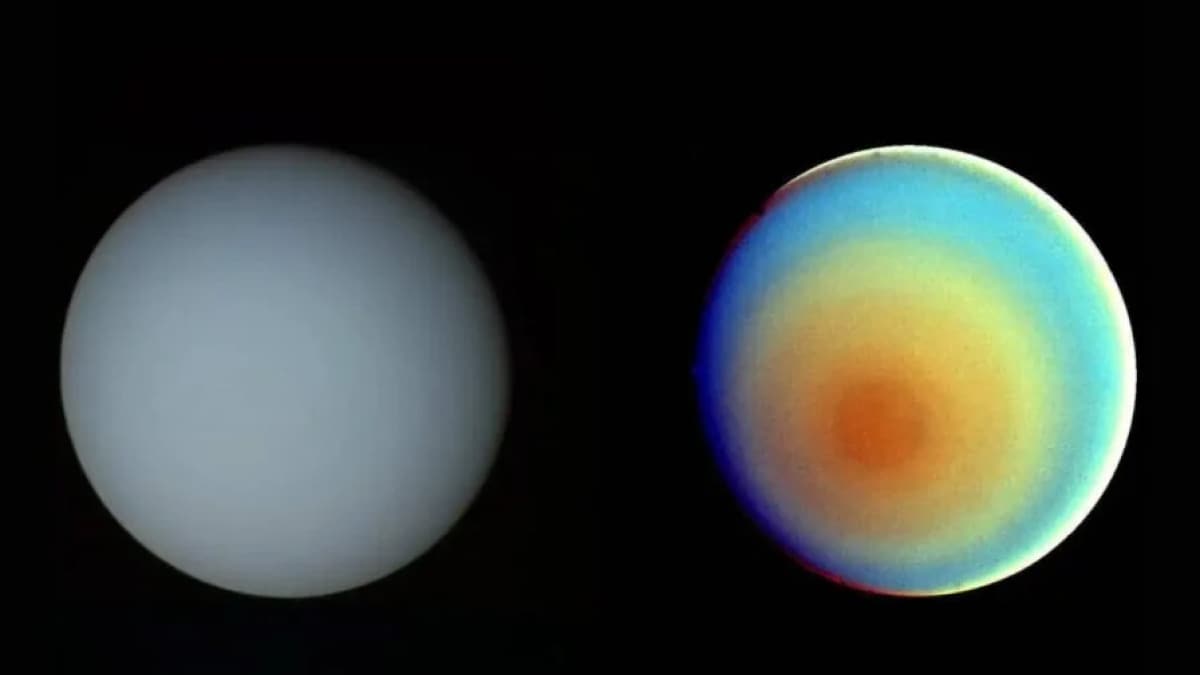A recent analysis of 38-year-old data from NASA's Voyager 2 spacecraft has provided fresh insights into the unique magnetosphere of Uranus, according to a study published on November 11 in Nature Astronomy. During Voyager 2's 1986 flyby, Uranus' magnetosphere was found to be unexpectedly distorted by a blast of solar wind. The findings suggest that the planet's magnetic field behaves unlike any other in the solar system.
Findings Highlight Unusual Magnetic Structures
Jamie Jasinski, a planetary scientist at NASA's Jet Propulsion Laboratory and California Institute of Technology, and lead author of the studynoted that Voyager 2's timing happened to coincide with an intense solar wind event, a rare occurrence near Uranus. This compression of Uranus's magnetosphere, seen only around 4% of the time, is thought to be responsible for the unique measurements Voyager captured. Had the spacecraft arrived even a week earlier, Jasinski observed, these conditions would likely have been different, possibly leading to alternative conclusions about Uranus's magnetic characteristics.
Unlike Earth, Uranus exhibits a complex “open-closed” magnetic process, influenced by its extreme axial tilt. This tilt subjects Uranus to highly variable solar wind effects, resulting in a magnetosphere that opens and closes cyclically.
Implications for Future Uranus Exploration
The study's conclusions go beyond Uranus itself, offering insights into the magnetic behaviors of its outermost moons, including Titania and Oberon. These moons, it turns out, lie within Uranus's magnetosphere rather than outside it, making them candidates for investigations into subsurface oceans through magnetic field detection. As Jasinski highlighted, these conditions would simplify detecting any magnetic signatures that suggest liquid beneath the moons' icy surfaces.
While Voyager 2 remains the only mission to visit Uranus, the study's findings underscore a growing interest in exploring the ice giant in greater detail.


